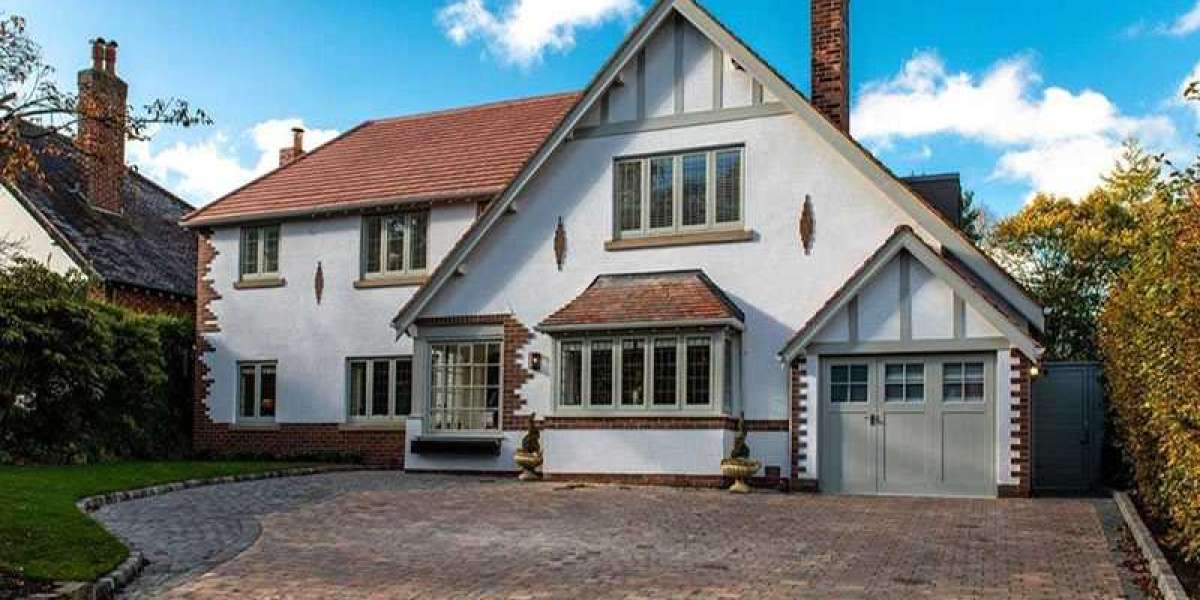Outdoor movie nights, sports screenings, and public presentations have become more popular than ever. Whether you are setting up a backyard cinema or hosting an outdoor event for a large audience, one key factor will determine your success — projector brightness. The question many beginners ask is, how many lumens do you actually need for an outdoor projector? The answer depends on several factors, including screen size, ambient light, and viewing distance. In this detailed guide, we will break down everything you need to know about choosing the right lumen level for your outdoor projector. Consider this your trusted Projector Lumens Guide for outdoor viewing success.
What Are Lumens in Projectors?
Before diving into specific numbers, let’s quickly review what lumens mean in the context of projectors. Lumens are the standard unit of measurement for brightness. A projector’s lumen rating tells you how much light it can output onto a surface like a screen or wall. The higher the lumen rating, the brighter the projected image will appear.
When it comes to outdoor projection, having enough lumens is essential. Unlike indoor spaces where you can control lighting, outdoor settings are often exposed to streetlights, porch lights, or natural light from the moon and stars. Without sufficient brightness, your images will look dim or washed out.
Factors That Impact Lumen Requirements for Outdoor Projectors
Several factors determine how many lumens you will need for your outdoor setup:
Ambient light levels
The amount of surrounding light is the most important factor. A projector used at dusk will need fewer lumens than one used before the sun fully sets. Similarly, streetlights or neighboring buildings can add ambient light that competes with your projection.Screen size
Larger screens require more brightness to maintain image clarity and vibrancy. As the screen size increases, so does the need for a higher lumen rating.Audience distance
If your viewers are sitting farther away, you will need a brighter image to ensure visibility and detail across the viewing area.Content type
Bright, colorful movies or sports broadcasts generally require more lumens to look good outdoors, especially if you want to maintain vivid colors and sharp contrast.
Recommended Lumens for Different Outdoor Scenarios
Here’s a detailed breakdown of lumen recommendations based on common outdoor projection setups:
Small backyard screen at night (no ambient light)
Recommended lumens: 1500 to 2500
If you are projecting onto a small screen (under 100 inches) in a dark backyard with no competing light sources, a projector in this range should provide a clear image.Medium backyard screen (100 to 150 inches) at night with minimal ambient light
Recommended lumens: 2500 to 4000
As screen size increases, you will want additional brightness to keep the image looking crisp and vibrant.Large backyard screen (150 inches or more) at night with some ambient light
Recommended lumens: 4000 to 6000
If you have streetlights or other light sources nearby, choose a projector with higher brightness to prevent the image from being washed out.Outdoor event with large screen and moderate to high ambient light (such as early evening or urban settings)
Recommended lumens: 6000 or higher
For large gatherings where the screen must be visible from a distance and compete with ambient lighting, a high-lumen projector is essential.Daytime outdoor projection (shaded areas)
Recommended lumens: 7000 or higher
Even in the shade, daytime projection requires very high lumen levels to produce a visible image.Daytime outdoor projection (direct sunlight)
Not recommended
No practical projector can overcome the brightness of direct sunlight. It is best to plan your event for dusk, evening, or night hours.
Other Considerations Beyond Lumens
While lumens are a critical factor, they are not the only consideration for outdoor projection success:
Contrast ratio
A high contrast ratio helps ensure that dark scenes do not appear washed out, even if your projector has a high lumen rating.Resolution
A bright image won’t look good if it lacks detail. For outdoor viewing, choose at least a full HD (1080p) projector, or 4K if your budget allows and your screen is large.Projector type
Laser projectors generally offer higher brightness and better longevity than traditional lamp-based models, making them ideal for outdoor setups.Audio setup
Outdoor spaces can swallow sound. Make sure your projector is paired with a good speaker system to match the brightness of your image with equally clear audio.
Tips for Maximizing Your Outdoor Projection Brightness
Start the show after sunset
Waiting until it is fully dark will dramatically improve image quality, allowing you to get better results even with a lower-lumen projector.Use a proper outdoor screen
A high-gain, reflective screen will enhance the brightness of your projected image and improve overall clarity.Position your projector correctly
Ensure that the projector is aimed directly at the screen and aligned properly to avoid keystone distortion, which can reduce perceived brightness.Control ambient light where possible
Turn off nearby lights or use physical barriers like curtains or tents to block out competing light sources.
Conclusion
Choosing the right brightness level is key to a successful outdoor projection experience. As this Projector Lumens Guide highlights, your lumen needs depend on screen size, ambient light, audience distance, and the type of content you plan to show. While more lumens generally provide greater flexibility, it is just as important to plan your setup thoughtfully — including controlling ambient light and using quality projection surfaces. By selecting a projector with the right lumen rating and following best practices for setup, you can create stunning outdoor viewing experiences that impress your audience every time.
Read more: https://tannda.net/read-blog/245168



